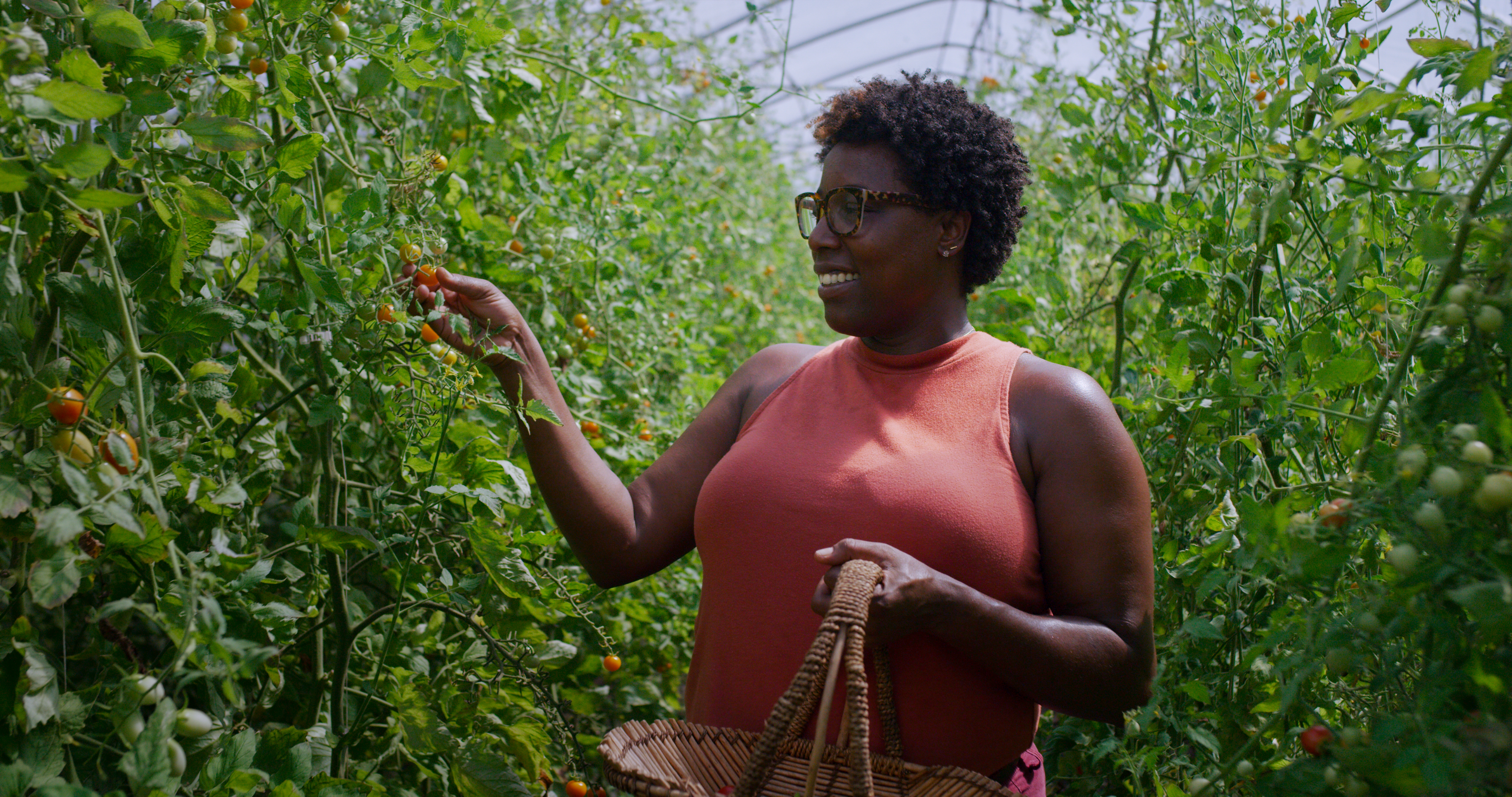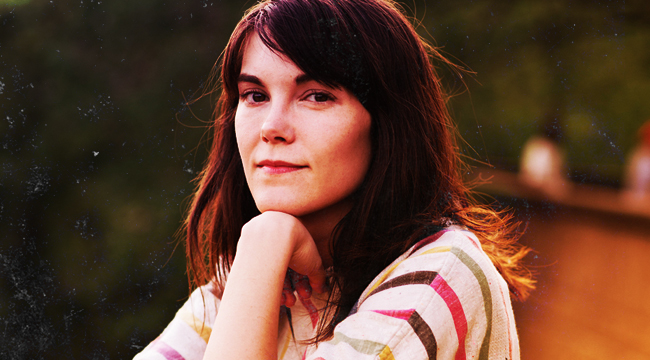
Chef’s Table — now in its sixth season — seems to have hit its stride. Each of the season’s four recently-launched episodes explores the story behind one of the planet’s most important culinary voices, getting at the heart of modern food culture in the process. More than ever, there’s a high level of creative bravery mixed with the food porn — which feels incredibly rare in the modern food TV landscape.
The show started as the offshoot of documentarian David Gelb’s nuanced and thought-provoking story of a sushi master in Tokyo, Jiro Dreams of Sushi. Gelb then moved over to Netflix to share his deep love of food and keen storytelling sense. Season one of Chef’s Table was essentially six one-hour docs — which meant Gelb had to hire directors to orchestrate his vision for each episode.
Enter Abby Fuller, the director of the 2015 documentary Do You Dream in Color? Through season six, Fuller has directed four episodes of Chef’s Table — including the episodes on Christina Martinez and Mashama Bailey, both series highlights — making her one of the show’s premier voices. Her episodes match Gelb’s poetic visual style but also exude a deep affection for their characters, a hallmark of the show’s later seasons.
We sat down with Fuller during the Culinary Cinema section of the Berlinale this month. She was in town (along with Gelb) to premiere two episodes from Chef’s Table season six. One of these, Abby’s episode about The Grey’s head chef and co-owner Mashama Bailey was a heartfully rendered masterpiece, leaving audience members in tears. After the screening, Fuller discussed what it’s like to make the show and the importance of women and people of color finally having a voice in the world of food (and TV), both in front of the camera and behind it.
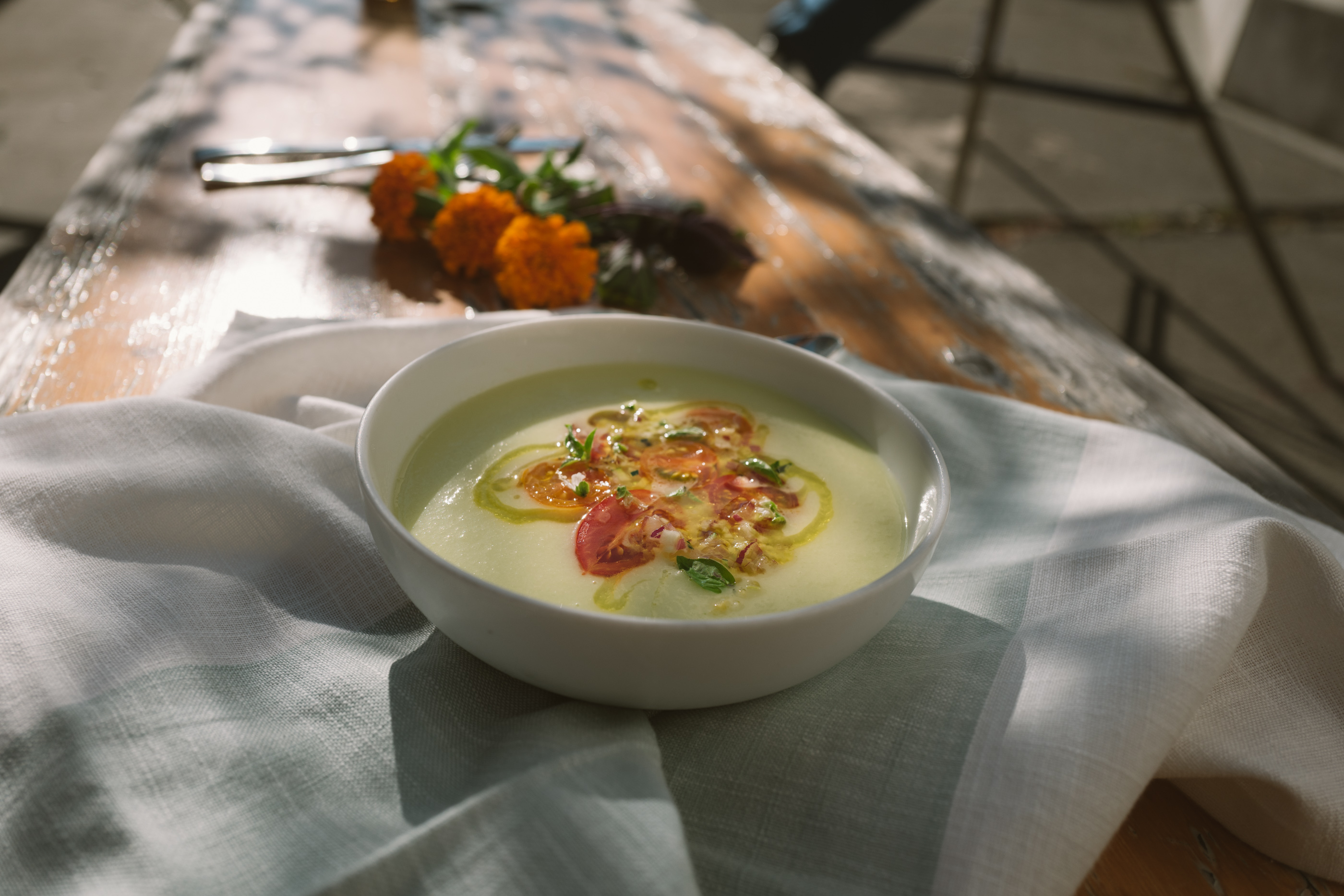
Let’s dive right in. This is the fourth episode of Chef’s Table that you’ve directed. Can you walk us through the process of how you got the first gig?
I went to USC Film School, graduated in 2008, and started right into doing documentary film and television. I loved food, going to restaurants, cooking, and learning everything I could about food while I was living in Los Angeles and Brooklyn. My other passion was storytelling and filmmaking. I realized that combining those two passions gave me a way to really be immersed in whatever the subject matter was.
I had done a project, a series actually, with Mike Epps that was produced by Andrew Fried, who is the President of Boardwalk Pictures. That series went over very well. Andrew and I really liked working together and he came to me at that point and said, “I’d love to keep working with you. What is it that you’re looking to do next?”
Was this before or after the first season of Chef’s Table dropped?
Chef’s Table Season one was just underway. I said I love food. I love doc filmmaking and storytelling. I have a very cinematic eye towards filmmaking and I feel like this series really hits the sweet spot of where I can excel as a filmmaker. He then introduced me to David Gelb and Brian McGinn who are the other Executive Producers.
David and I had lunch and clicked right away. Pretty soon after that, they sent me to Slovenia to work with Anna Roš.
What was that first experience like?
That was an amazing experience. Unlike working on a lot of the cable television shows I had done, Netflix and the Chef’s Table team really gave me as much creative rope as I wanted to go out there and make the choices myself, develop the story, decide how I wanted to shoot it. It was very liberating. I felt there was a lot of freedom to how I was able to craft the narrative of the story and direct the piece. It was an amazing experience to go to Slovenia and it’s been an amazing experience to be a part of it, now in my fourth year.
So, your next three episodes were Berlin’s Tim Raue, Philadelphia’s Cristina Martinez, and, now, Savannah’s Mashama Bailey. Did you chose those or do Gelb and the producers match directors to ‘chef’ personalities?
It’s definitely an assignment. There’s a conversation that’s a part of it, but I think that Brian, David, and Andrew really think about who the chefs are that have been cast and then the directors who are going to be the best fit for each episode.
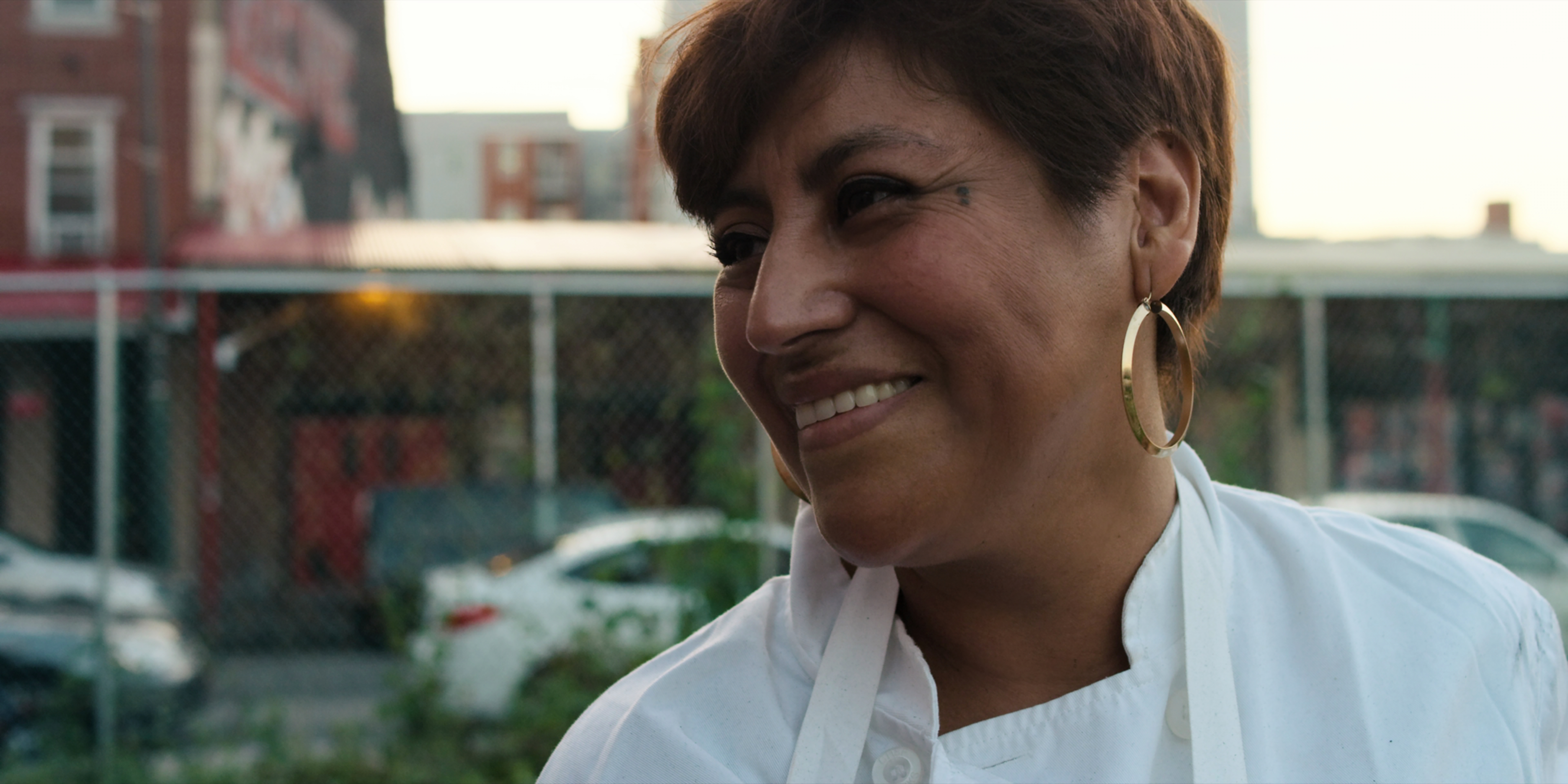
Last season, you made a landmark episode of the series with Cristina Martinez. This was a big episode with really socially relevant topics around immigration and even what Indigenous American food is. How did you approach working with Martinez?
I think that my sensibilities as a filmmaker and why I love making a documentary is because I’m highly empathetic and I actually genuinely care about the people that I’m working with. Cristina was somebody that I bonded with right away. I speak Spanish and have spent a lot of time in Latin America. That understanding of the culture — even just a little bit — and being able to speak the language was a bonding factor.
Both of us being women among many men was a factor too. Then the fact that even though I’m several years older than Cristina’s daughter, she’s just a very maternal person. I think being separated from her daughter, but getting to work with a young woman was something that she felt very comfortable with.
So, then, how did you go about breaking that story?
We are inundated with headlines and statistics and information about walls going up, about immigration reform, about the battles that are going on in our political landscape. Those headlines and statistics often times lack the intimacy of an individual story and a real human approach. So I thought “we know what’s going on, politically speaking, but what we don’t know is what does it feel like to be that person living through this reality?” I wanted to really take away an overt agenda or information-based storytelling and just take us through what Cristina’s experience is and have her story do the talking.
I have to ask… were you concerned about Cristina’s wellbeing? I mean, ICE is sending people to camps that have a similar “illegal” status as Cristina. How did you address this throughout production?
There were so many times. They signed up to do the show before I even came on board. So those conversations had been discussed with Netflix, Cristina, and her husband prior to me arriving.
Still, there were many times where I’d get into the story, either before we even arrived with the cameras, while we were filming, even when we were in the edit where I would call and ask, “Okay, you realize how many people are going to see it. Do you realize the exposure? I just want to be fully transparent and make sure that you guys are really on board for this.”
What was her reaction?
Every single time that I brought up any concerns and wanted to make sure that there was complete clarity around the level of exposure, their response was always the same. The exposure was the reason they were doing it. They wanted this story to be told. They didn’t want to be in the shadows anymore. Cristina wanted to be the voice for the other people that couldn’t have that voice. That is an extremely brave thing to do, very selfless thing to do. It just speaks to so much of her character. It was an honor to be able to be the one to help give her that voice.
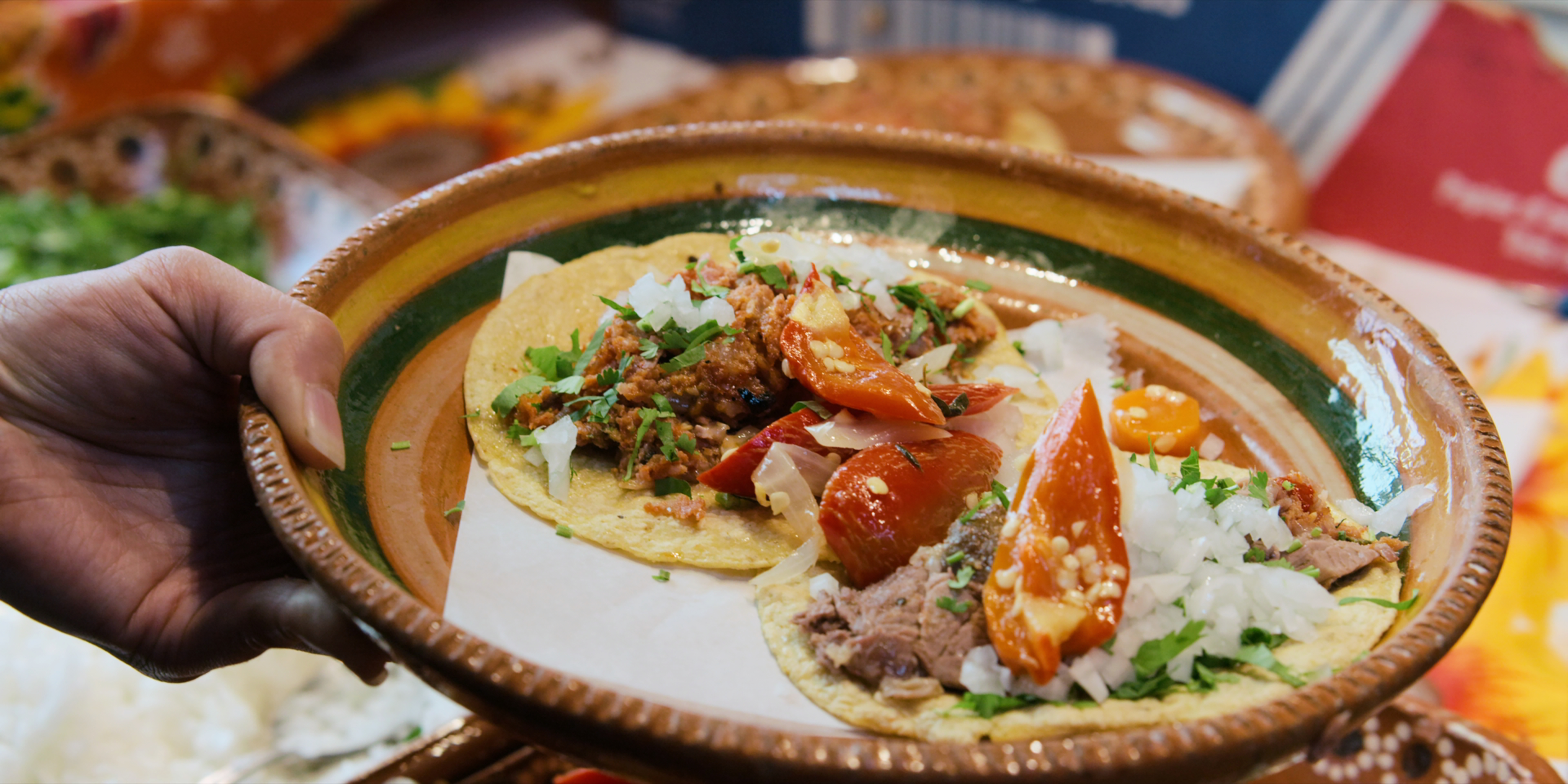
On, I guess, a little lighter note, another thing that Cristina’s episode really highlighted was this sense of deeply old American foods: Maize coming back to Philadelphia and slow, earthen cooking of meats. This is really far away from a 12-course tasting menu at Osteria Francescana.
How did you approach capturing Cristina’s food?
It was one of the challenges because it was so different from the language of visual storytelling as it relates to the food that’s been established in this series. Knowing that we’re in a tiny little restaurant and that there’s really one main dish as opposed to these epic food beauty sequences we do where we showcase the twelve-course tasting menu at the end was a challenge.
Honestly, the biggest challenge was the fact that it’s a 48-hour process to make her dish. To capture that process and be able to film all of the components, my cinematographer, Chloe Weaver, and I had to really put on our thinking hats. We had to figure out how to translate the love that she puts into the food, the integrity of the ingredients, and then the ability for her to be able to share that with people.
That was why I veered away from the usual sequence at the end. Instead, I really wanted to feature the guests of her restaurant, the people who came to eat the food, as much as I was featuring the food itself. We showed the tacos and we showed the consomme. We also showed the diversity of the people who came there, holding those plates. That we could look into their eyes and realize it wasn’t just about how delicious a plate of food is, it’s who’s holding that plate and what it means to them.
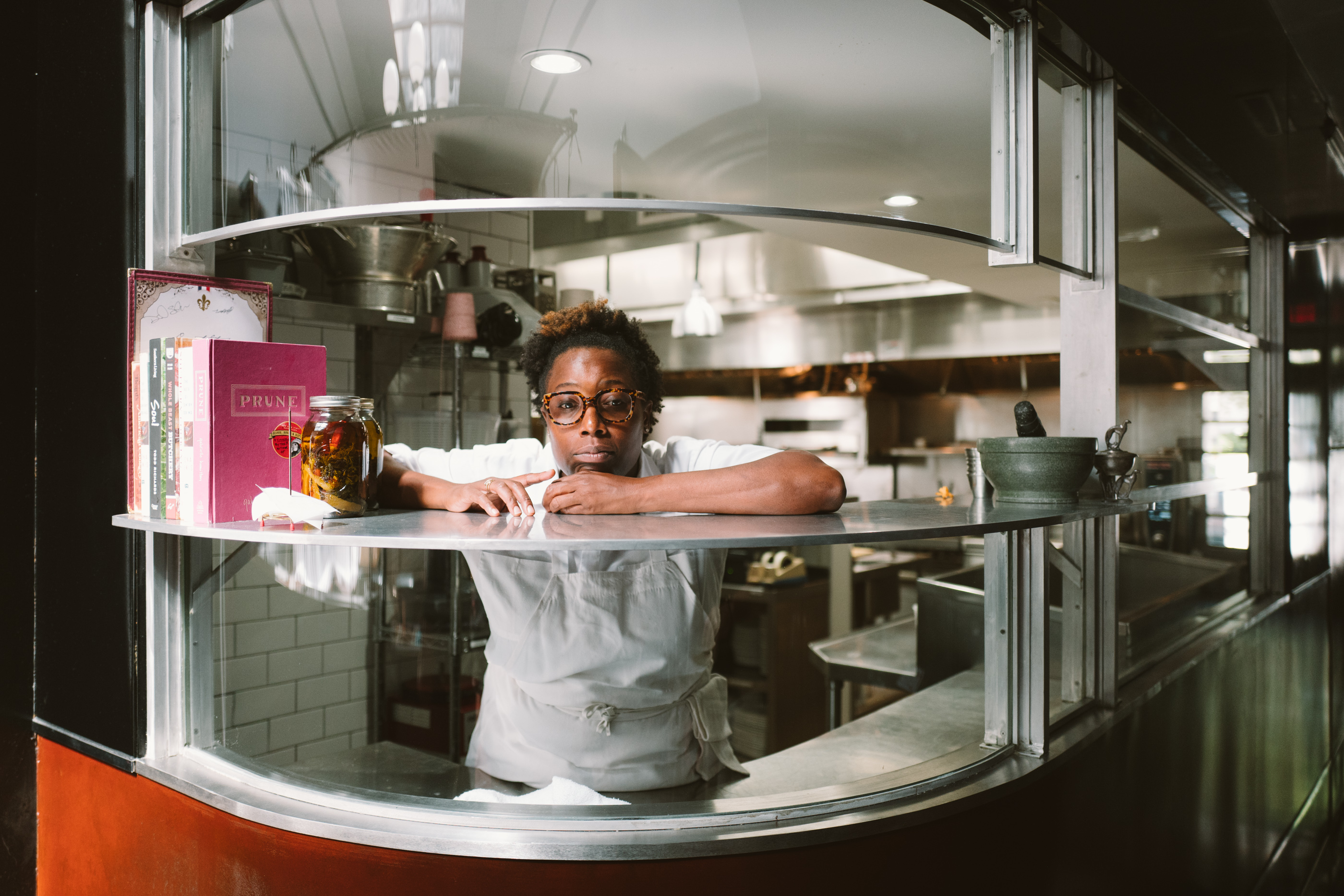
Let’s take a shift. You’re here in Berlin for the premiere of your fourth episode of Chef’s Table. How did this one come about?
I’m pretty excited about this premiere. This is another incredible story where I got to work with an amazing chef named Mashama Bailey. She is based in Savannah, Georgia and co-owns a restaurant called The Grey with her partner John O. Morisano.
Her story is incredible because Mashama grew up in Savannah and left when she was age 12. Her parents moved to Queens in pursuit of higher education, better jobs, the American dream to be middle class, to be stable. They were coming from a racially oppressive South where their options at the time were to work in factories or be the help for white families. Her parents left the kitchen in search of progress and food really took a backseat to that progress.
So, how did Mashama find her way back home?
Mashama found her way back through the kitchen. Now, she’s rewriting the narrative of what food can be. She’s embracing the pride in her culture as an African American, as a descendant of enslaved people who came to the south hundreds of years ago. Her reclaiming and retelling of that story at The Grey — which was a formerly segregated Greyhound bus station — is a true example of what is possible in the South. She’s using her skill set, her imagination, and this authenticity of who she is to show people what’s possible in the South.
There’s real bravery to going back to a place with such a deeply vile history and yet recognizing “this is still my home.” How do you think that has manifested in the food Mashama is making at The Grey?
Before Mashama went back to Savannah, she had been working as a sous chef at the James Beard Award-winning restaurant Prune, under Chef Gabrielle Hamilton, for years. She had trained in France, made a name for herself, and really become a New Yorker. She was a rising chef among the culinary elite.
So when she goes back to Savannah, she has to reacquaint herself with the South. She hadn’t really spent time there since she was in her grandmother’s kitchen when she was 10-years-old. She spent this time going out and connecting with farmers, fishermen, oystermen, food historians, members of the Geechee Gullah community to understand what her roots were. What was the story that kind of took a pause when she was 12-years-old and left the South? How could she reconnect with young Mashama who had all of these beautiful food memories as a child? There’s kind of a playful child-like aspect to her food. She has a palate cleanser that’s called a “thrill.”
That sounds cool in name alone. What’s a thrill?
A thrill is actually a reference to her childhood of eating these big, frozen popsicles with her friends running around the neighborhood. That was an institution and still is in the African American neighborhoods in Savannah. She has a nod to that childhood time in her menu.
She also really honors the traditions that started in slavery. She features Georgia oysters. Most people have never had a Georgia oyster. Oysters were a huge part of African American culture in the South because African Americans moved to the channel islands and the marshlands.
They had to find food. They had to make their way. They had to cultivate the land for their survival and they started crabbing and oyster fishing. This created a beautiful food culture. Mashama brings the fruits of that labor to her kitchen. She’s honoring the people who are still cultivating that land, creating an economic outlet for those foodways to still exist. At the same time, she’s also introducing people and tourists in Savannah to these traditional Georgia foods that are born out of the ingenuity of formerly enslaved people.
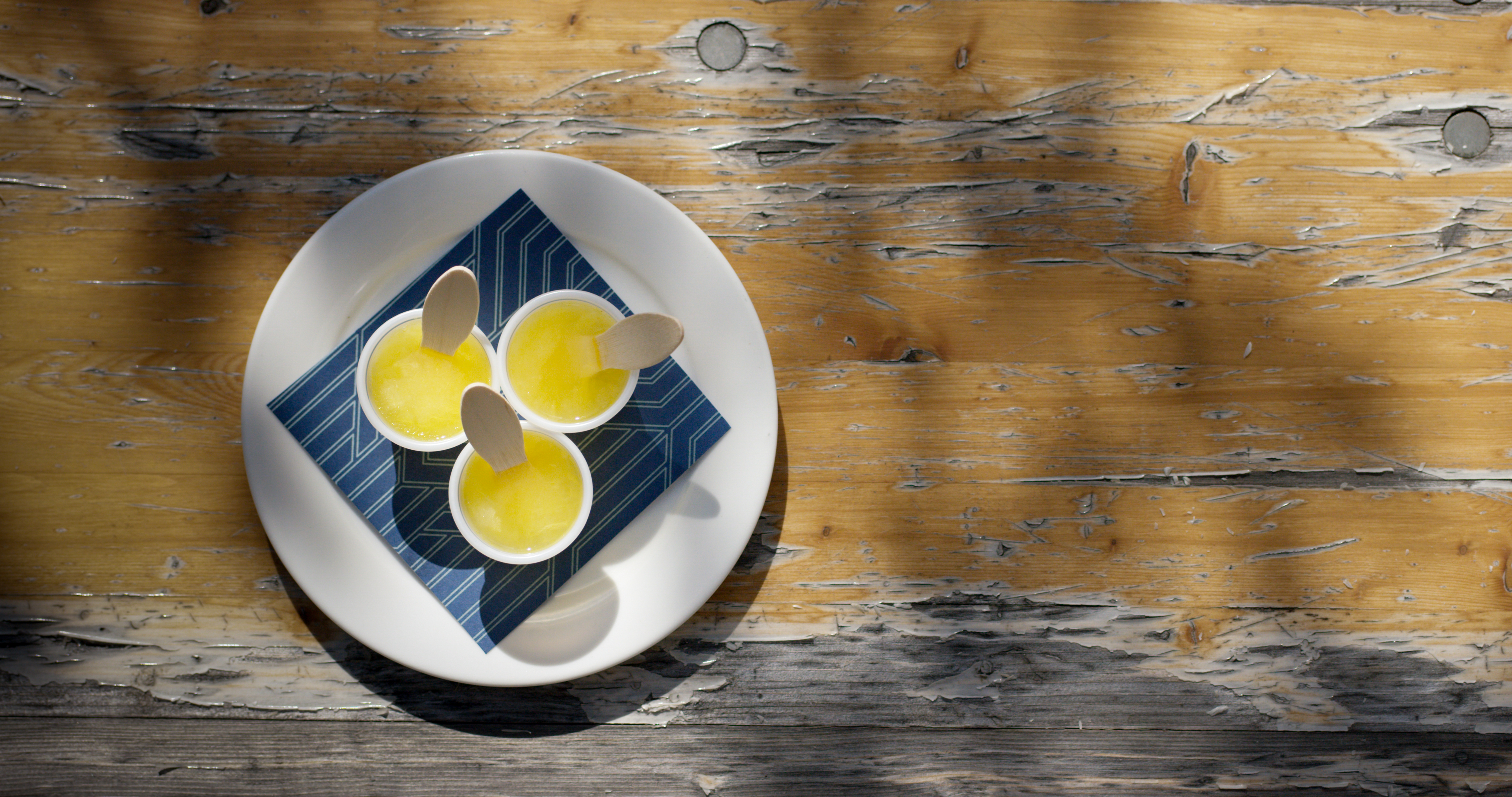
It’s very interesting to look at your last two episodes and see local people doing food from their respective homes. There’s a lot of conversation about food appropriation and the like. I tend to fall more on the side that if a white dude is doing poke bowls in Indiana, I’m not so much angry he’s taking Hawaiian culture, I find it more disturbing he’s making a very local and unsustainable dish so far away from its source. It just doesn’t make sense to me — eating poke in Hawaii is what makes that dish so special and you’ll never get that in Indiana.
Do you feel like chefs like Mashama and Cristina (and so many others), are starting to move the food culture away from ‘anyone doing anything anywhere’ and back towards taking in what’s around them in that specific location?
I sure hope so. You go to France or Italy, for example, and you understand that when you go from region to region the food is going to taste different because of the terroir. The ingredients and the traditions are as different in Northern Italy as they are in Southern Italy. The same is true all over the world.
This idea that we, in the U.S., want to have that same bowl of poke, whether we’re in Indiana or New York or Texas or Hawaii, is kind of a ridiculous notion that’s born out of a very industrialized food system, which is detrimental to our environment and our health. My wish would be that we embrace the culture and then also the integrity of the ingredients.
What we saw with Cristina was at the base of our DNA. She’s carrying on this tradition that is part of her culture. It’s part of her family, making barbacoa. When she comes to Philadelphia, she still wants to respect the land as much as she wants to respect the tradition. She’s adapting. That corn that grows in Lancaster is going to taste different than the corn that grows anywhere else. This is purely a true South Philly barbacoa that is going to have nuances of flavor. To be able to notice these nuances and differences, to see chefs embrace this with their culture and with their land is something that I think is really exciting. That’s something that I hope we see more of.
